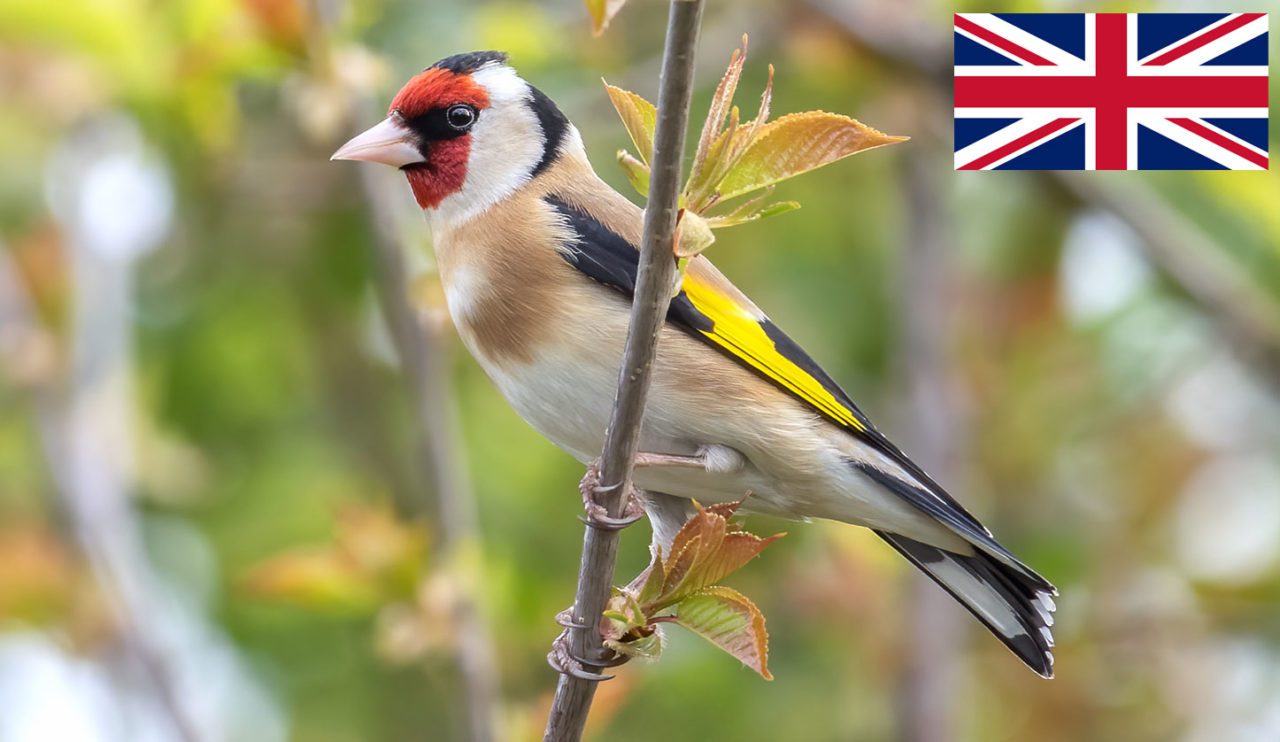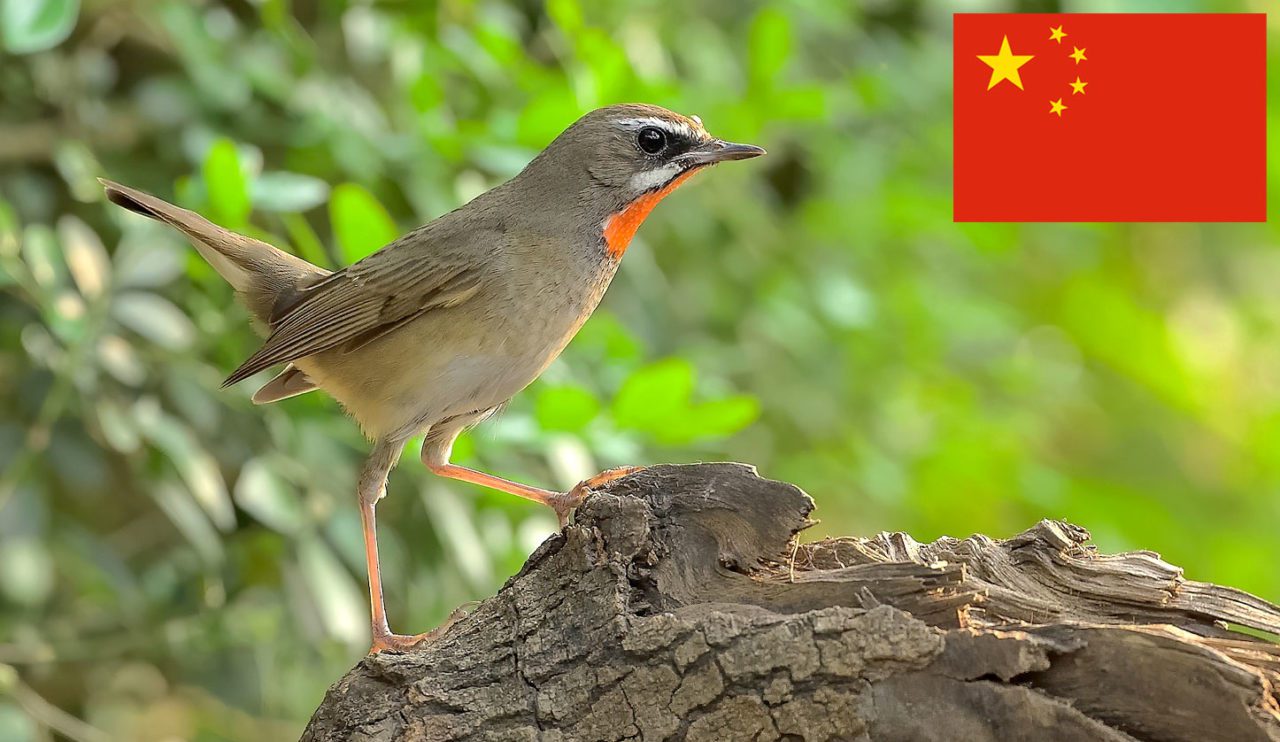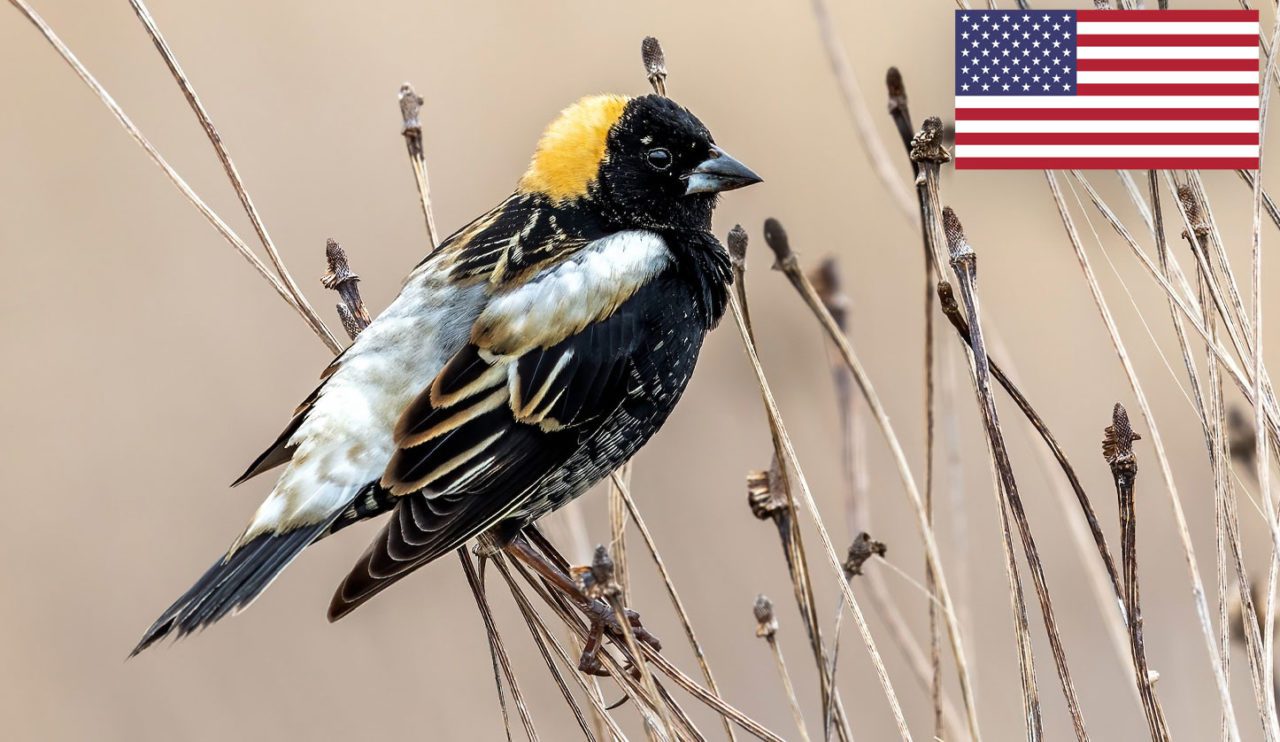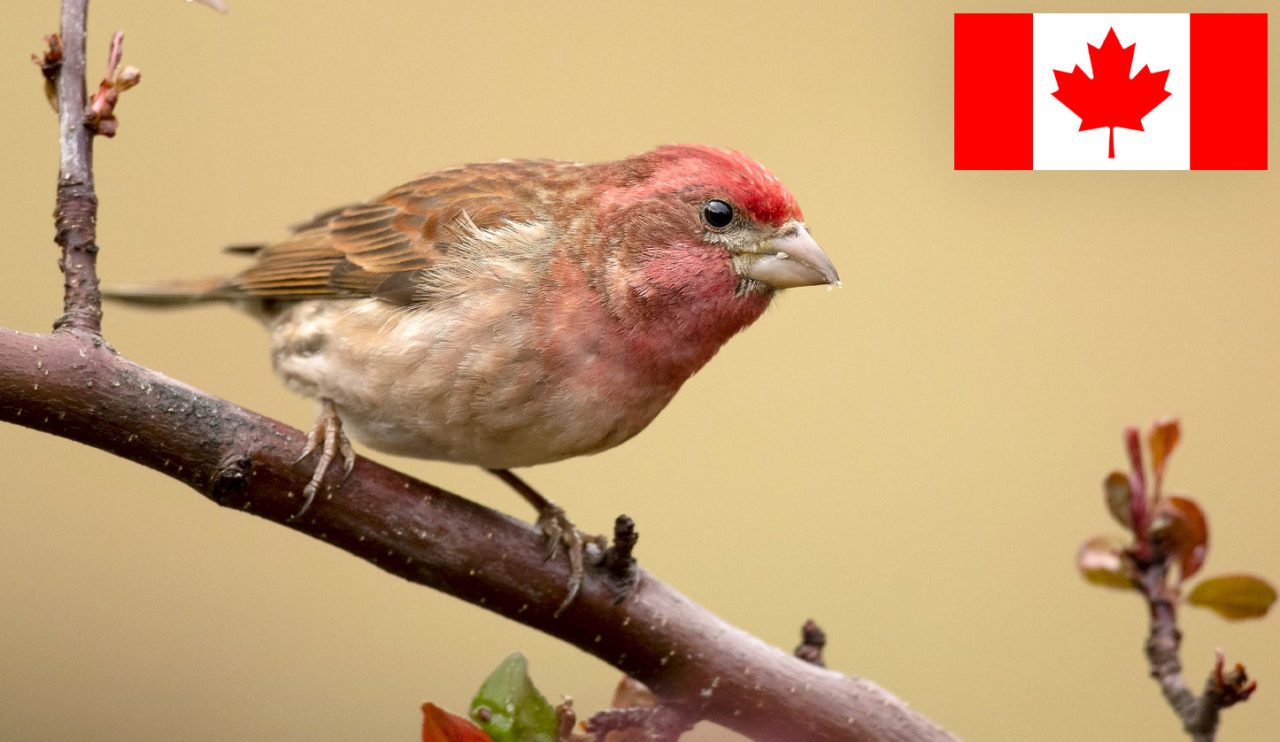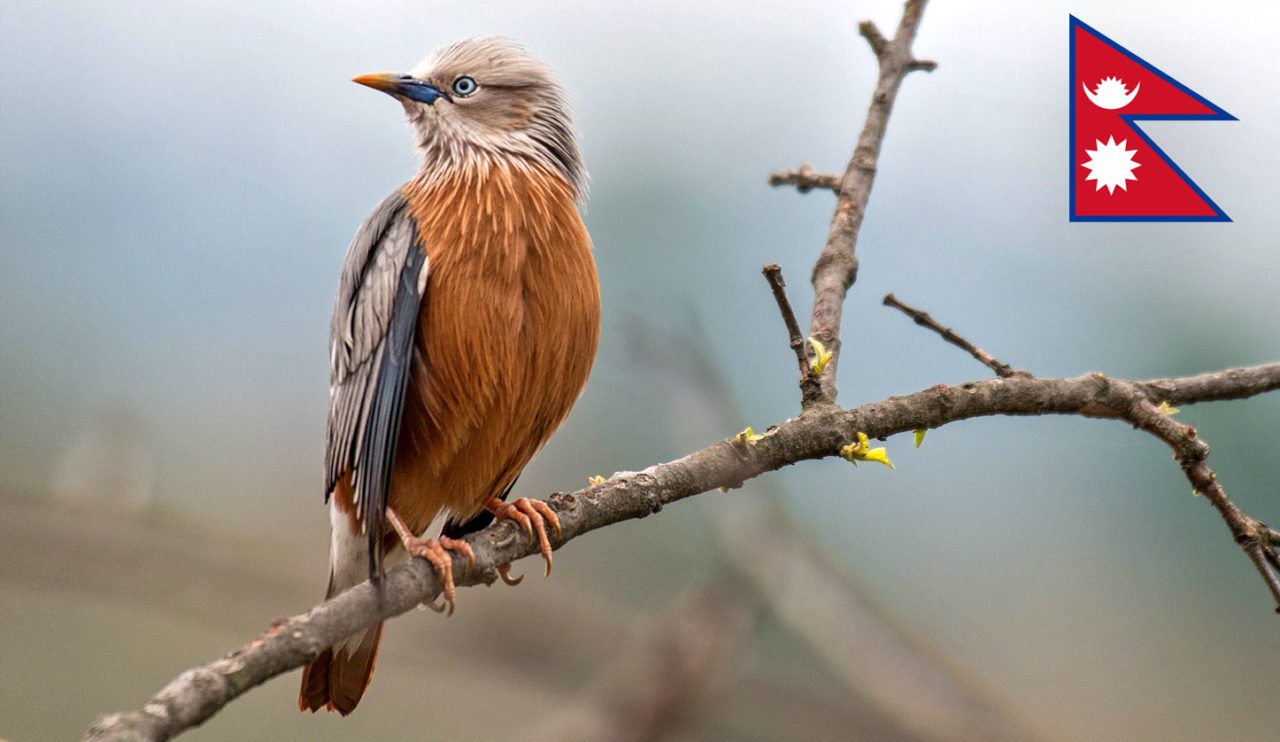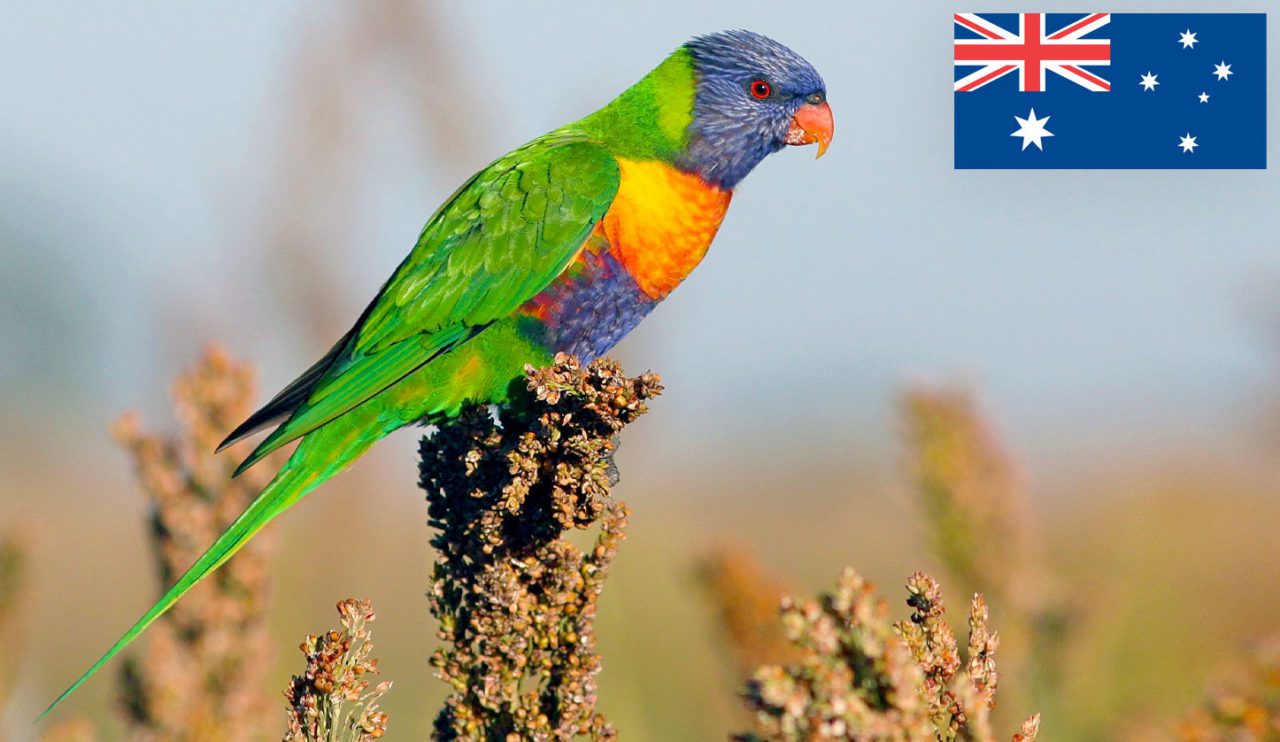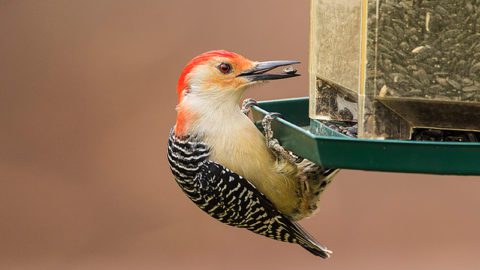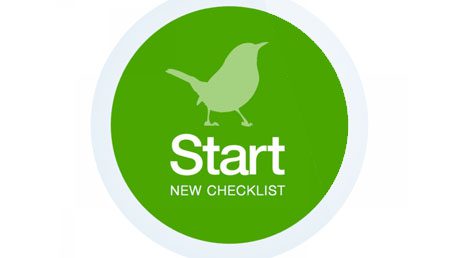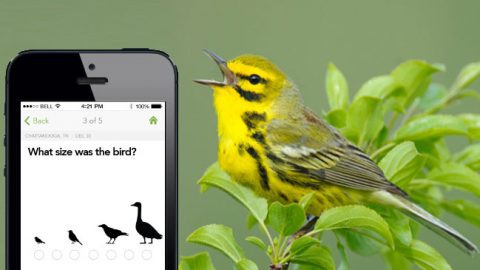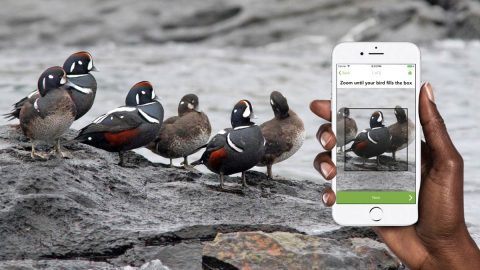Lots of People Are Discovering the Joy of Birding From Home During Lockdown
By Marc Devokaitis
June 6, 2020
All over the world, people are reporting their sightings to eBird at record rates. European Goldfinch, Cambridgeshire, England. eBird checklist from March 28, 2020. Photo by Daniel Field/Macaulay Library. 
Siberian Rubythroat, Guangdong, China. eBird checklist from May 14, 2020. Photo by xiwen CHEN/Macaulay Library. 
Bobolink, Ohio. eBird checklist from April 28, 2020. Photo by Brad Imhoff/Macaulay Library. 
Purple Finch, British Columbia, Canada. eBird checklist from April 18, 2020. Photo by Ian Routley/Macaulay Library. 
Chestnut-tailed Starling, Kathmandu, Nepal. eBird checklist from May 3, 2020. Photo by Ian Hearn/Macaulay Library. 
Rainbow Lorikeet, New South Wales, Australia. eBird checklist from April 12, 2020. Photo by Rufus Wareham/Macaulay Library.
From the Summer 2020 issue of Living Bird magazine. Subscribe now.
“Well this is not going as planned.”
eBirder Michael Hurben began his March 24 blog post with this understatement, when his adventure to add more than 100 species to his life list by touring the Peruvian Amazon turned into a Big Sit in a hotel room in the city of Iquitos. Hurben and his wife Claire were caught in the middle of a global lockdown due to the spreading COVID-19 pandemic.
“At first, we could walk to the grocery store together and take the long way to seek out patches of green space to bird,” Hurben says. “But within days, they declared that only men could shop on Mondays, Wednesdays, and Fridays, and only women could shop on Tuesdays, Thursdays, and Saturdays. And it was being enforced.” Some days, they couldn’t leave their hotel at all.
At the same time in March and April, more than 90% of Americans were under stay-at-home orders, which meant millions of people were spending more time looking out their windows at a backyard, porch, or garden. Media headlines nationwide noted the rising popularity of birdwatching as a social-distancing pastime. (“Bird-watching is having a moment,” proclaimed CNN.) Accordingly, more than 150,000 people downloaded the Cornell Lab of Ornithology’s free Merlin smartphone app for bird identification in April, the largest monthly increase in the app’s 6-year history.
More birdwatching activity translated into a surge in eBird checklists in April, with birders around the world submitting around 50,000 checklists a day. And more eBirders took the time to add multimedia to their checklists, with a 48% increase in photos and 80% increase in audio recordings uploaded into the Cornell Lab’s Macaulay Library wildlife media archive.
On the other hand, eBird checklists were down in places that usually receive heavy spring traffic from traveling and vacationing bird watchers. Hawaii experienced a 53% drop in eBird submissions, and eBirders in Louisiana reported fewer shorebirds such as Black-bellied Plover, Willet, and Sanderling—perhaps the result of beach and coastal wildlife refuge closures.
But in the midst of a global health crisis, many birders discovered the citizen-science value of tallying birds from home, says eBird project coleader Jenna Curtis. New registrations for eBird yard lists were up 900%, as more birders used the eBird tool for tracking birds at home. (See these tips for using eBird at home.)
“Chances are, only you have direct access to the birds in your yard, which makes every home birding checklist unique and valuable,” says Curtis.
eBird checklists in March and April yielded more reports of close-to-home species in some areas. In Delaware, where residents were ordered to stay at home on March 22, reporting rates doubled or even tripled for suburban species such as Brown Thrasher, Chipping Sparrow, Hermit Thrush, and Ruby-crowned Kinglet. In Idaho, which instituted a statewide lockdown around the same time, eBird checklist submissions rose 66% and reports more than doubled for common residential species such as Steller’s Jay, Spotted Towhee, Chestnut-backed Chickadee, and Brown Creeper (a cryptic species that becomes easier to spot the more time you spend looking out your windows).
More Resources to Make Birding Easier
Stay-at-home birding took off in other nations under lockdown, too. Canadian eBirders submitted 50,000 more checklists in April 2020 than they did last April. In the United Kingdom, birders used eBird yard lists for their annual garden listing competition (British eBirders call their yards “gardens”).
“The 2020 UK garden year list challenge may get more nail-biting with all this home-working,” tweeted Alex Lees, a biology lecturer at Manchester Metropolitan University in England. “68 species from 31 lists in 15 days of April already tops my highest month tally for my garden.”
In India, researchers with the citizen-science nonprofit Bird Count India issued a nationwide Lockdown Birding Challenge, encouraging birders to log four 15-minute stationary checklists each day (and encouraging sound recordings with noise pollution at a minimum). And Indian eBirders responded, nearly doubling the number of checklists in April 2020, compared to 2019.
“Usually, for me, summer is the most dull season when it comes to birding due to the heat outside,” says Indian birder Chirag Munje. “But due to the lockdown…I’ve noticed some patterns of birds visiting the birdbath in our garden [and] have also found several nests around the house.”
Around the world on May 9, Global Big Day—eBird’s biggest annual push to count as many species as possible in 24 hours—united more than 50,000 birders from 170 countries. The Global Big Day 2020 effort logged more than 120,000 checklists, including 6,400 bird species (about 60% of the known avian species on Earth). Participation in Global Big Day rose nearly 50% this year, mirroring eBird participation as a whole, which was also up 50% from late March to early May.
“People are just turning to birds,” eBird coordinator Ian Davies told The Washington Post in a story about the birding boom. “They’re looking out their windows and getting fascinated by them.”
As for the Hurbens stranded in Peru, after submitting checklists on each day of the trip that wasn’t—and placing many phone calls to the U.S. embassy in Lima—they finally boarded a flight and returned home to Minnesota on April 5.
Hurben and his wife were thrilled to get out of Peru safely, even with eBird lists mostly filled with Rock Pigeons and noisy birds like kiskadees that could be heard from a hotel room window.
“We started this trip with a target list of over 150 life species,” Hurben wrote on his blog the day after returning home. “We got 17, in what had to be the worst cost-per-bird adventure of all time.
“But the birds we saw were, in another sense, incredibly valuable,” Hurben says. “We won’t forget how they kept our spirits up during a very difficult situation.”

All About Birds
is a free resource
Available for everyone,
funded by donors like you
American Kestrel by Blair Dudeck / Macaulay Library
